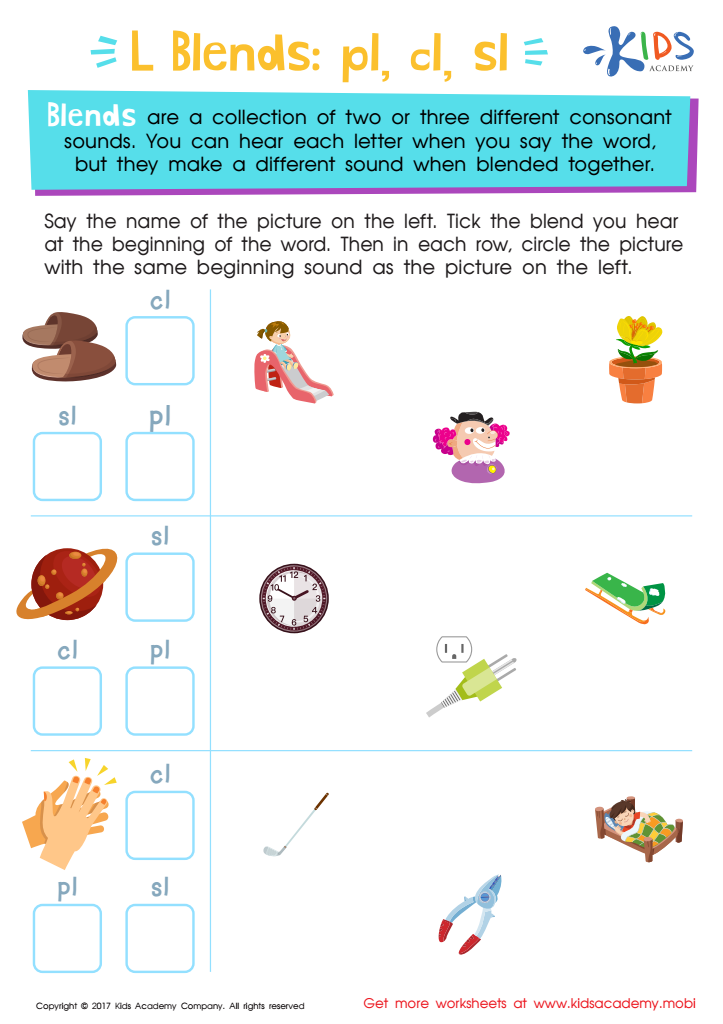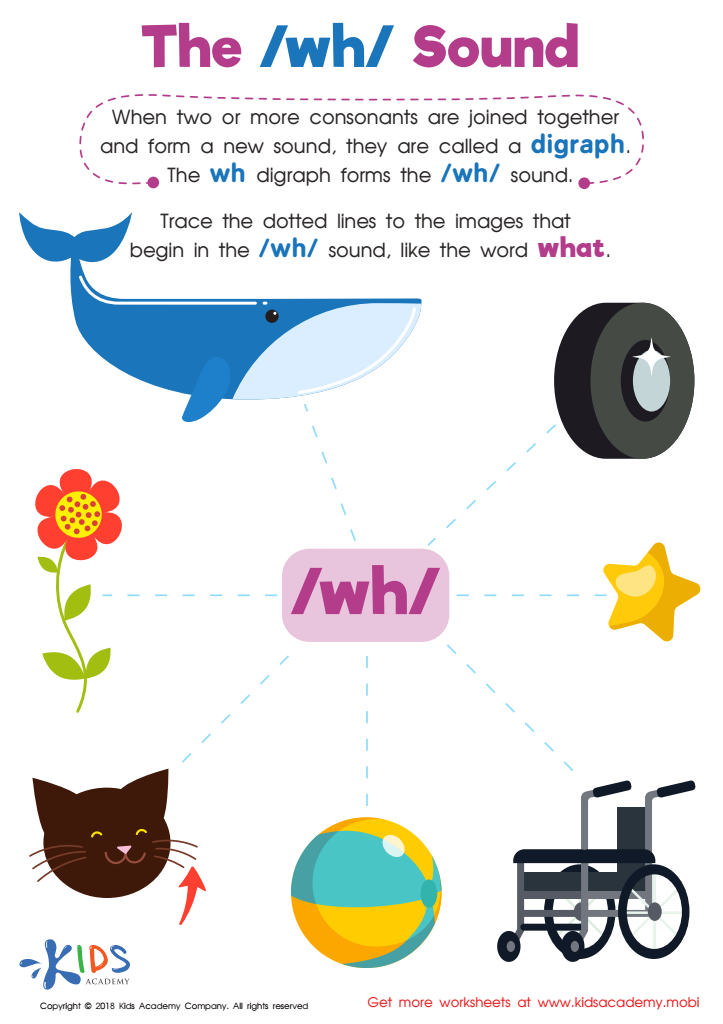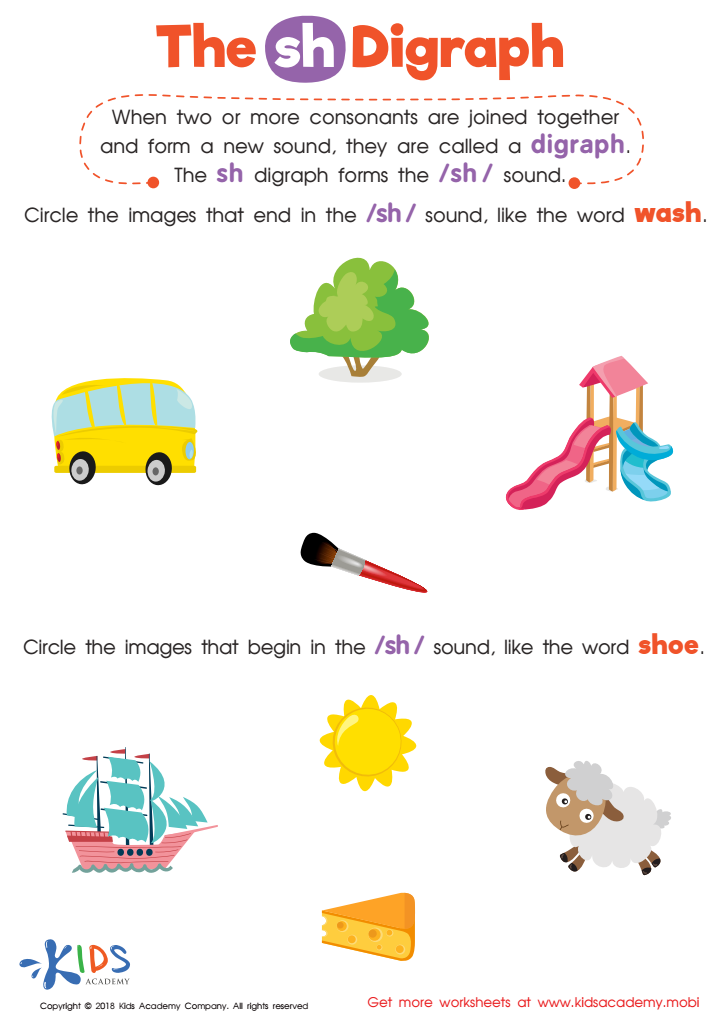Word Recognition Normal Consonants Worksheets for Ages 7-8
5 filtered results
-
From - To
Explore our engaging "Word Recognition Normal Consonants Worksheets" designed specifically for children ages 7-8. These worksheets provide an interactive way for young learners to enhance their reading skills by focusing on consonant recognition. With a variety of fun activities, including matching games, fill-in-the-blanks, and word search challenges, children will improve their vocabulary and comprehension while enjoying their learning experience. Our resources are crafted to boost confidence and make practicing essential skills enjoyable. ideal for teachers and parents looking to supplement their child's literacy development. Start fostering a love for reading today with our thoughtfully designed worksheets!


L Blends: "Pl", "Cl" and "Sl" Printable


The /wh/ Sound Worksheet


The SH Digraph Worksheet


Missing Digraph: Part 2 Worksheet


Consonant Blends: "Dr" and "Tr" Printable
Word recognition, especially regarding normal consonants for ages 7-8, is pivotal for young learners' literacy development. During this crucial stage, children transition from learning to read to reading to learn. Mastering word recognition, particularly consonants, aids phonemic awareness, allowing children to decode unfamiliar words and build a larger vocabulary.
For parents and teachers, fostering strong word recognition skills empowers children to comprehend texts more effectively. It enhances their reading fluency, promotes confidence, and encourages a love for reading. When students are proficient in identifying consonant sounds, they can tackle more complex texts and engage fully in classroom activities.
Additionally, effective word recognition lays the foundation for future academic achievement. Children who struggle with recognizing consonants can face ongoing difficulties in reading and writing, leading to frustration and disengagement. Therefore, targeted support from parents and teachers becomes essential. Interactive games, focused reading sessions, and phonics activities can make learning enjoyable and effective. Ultimately, by prioritizing word recognition in young students, we nurture confident, capable readers who can thrive academically. This emphasis not only benefits literacy but also supports critical thinking and communication skills essential for their overall development.
 Assign to My Students
Assign to My Students








